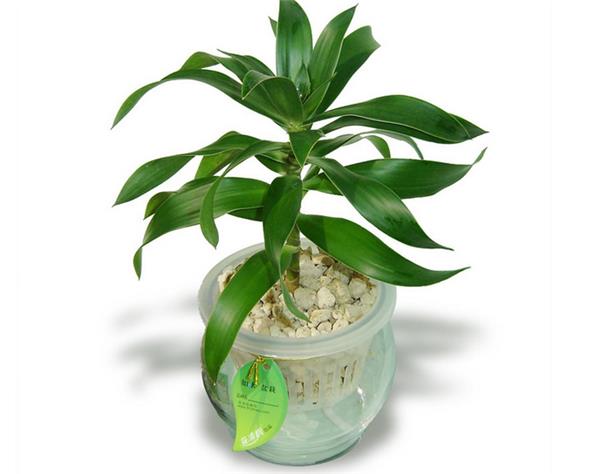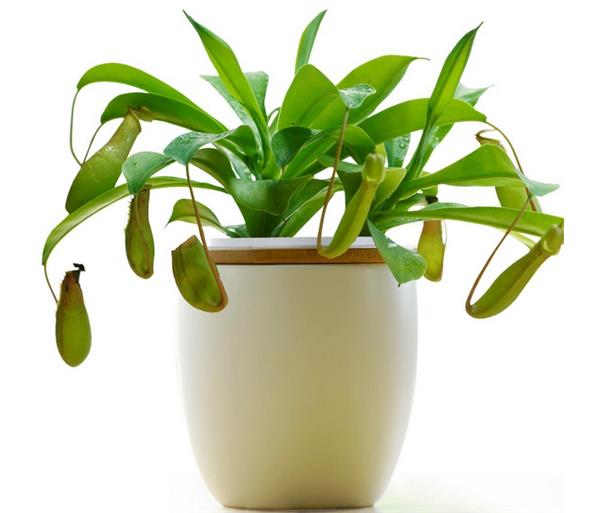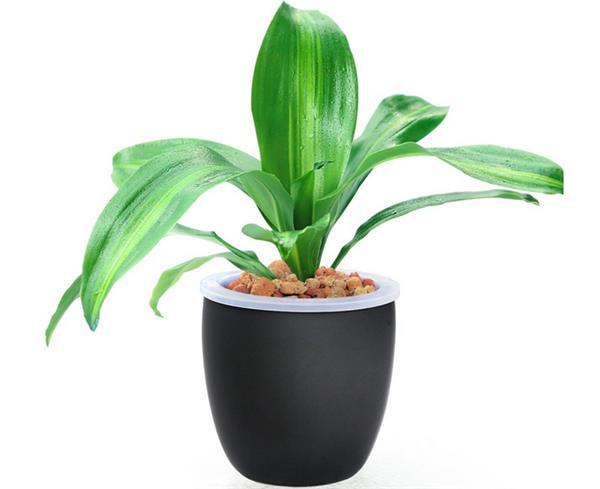Usage of nutrient solution for hydroponic plants
The nutrients in water are very limited and can not meet the needs of plant growth. At this time, the role of nutrient solution is greatly reflected, let's take a look at the use of hydroponic plant nutrient solution.

Usage of nutrient solution for hydroponic plants
1. Vibrating to increase oxygen. Fix the flower plant with one hand and gently shake the vessel with the other for more than 10 times. After shaking, the dissolved oxygen content of the nutrient solution can be increased by about 30%.
two。 Increase the number of water changes. To change water is to change the water in the bottle with nutrient solution. In general, water is changed every 5 to 10 days in spring and autumn, about 5 days in summer, and every 10 to 15 days in winter. Domestic hydroponic flowers should use soft water as water source, and tap water in line with national standards can be used generally. After placing the tap water for two hours to half a day, after its temperature is close to room temperature and the chlorine in the water is volatilized, the bought nutrient solution is added in proportion to become a nutrient solution that can raise hydroponic plants.
3. Add an appropriate amount of "solid oxygen" to the nutrient solution or 1% hydrogen peroxide (3% hydrogen peroxide).
4. Using miniature submersible pump or aeration pump (all standard products of aquarium) to carry out waterfall gas to the nutrient solution, plant roots can obtain sufficient oxygen in such an environment to promote the healthy growth of flowers.

Formula of nutrient solution for hydroponic plants
The various elements and their dosage used in the preparation of hydroponic plant nutrient solution need to be determined according to the variety, growth and development period and flowering time of the plant, as well as the final growth area.
Preparation method of hydroponic plant nutrient solution:
Add 0.22 grams of ammonium phosphate, 1.05 grams of potassium nitrate, 0.16 grams of ammonium sulfate and 0.16 grams of ammonium nitrate, and 0.01 grams of ferrous sulfate to 1 liter of water. Metal containers should not be used for the preparation and storage of nutrient solutions. Ceramic, plastic, glass or ceramic containers are best used.
Usage: potted flowers are irrigated with nutrient solution once a week during the growing period, and the dosage can be flexibly controlled according to the plant size.

It should be noted that hydroponic plants can not simply drop a few drops of nutrients in the water to ensure the good growth of plants, if the lack of certain nutrients will produce physiological obstacles, affect growth, development and flowering, serious and even lead to death. Therefore, it is necessary to adjust the nutrients of the nutrient solution in time and prescribe the right medicine in order to cure the disease.
Nitrogen deficiency: slow plant growth, yellowing leaves and serious leaf shedding.
Phosphorus deficiency: often showing abnormal dark green, sometimes gray or purple spots, delayed ripening.
Potassium deficiency: dicotyledonous leaves are green-deficient at first, followed by scattered dark necrotic spots; in Monocotyledons, the tip and edge cells of leaves first necrosis, and then expand downward.
Calcium deficiency: significantly inhibit the development of buds and cause root tip necrosis, the plant is short and has dark wrinkled leaves.

Magnesium deficiency: chlorosis occurs between the veins of old leaves at first, blossoms late, becomes light spots, then turns white, and finally turns brown.
Iron deficiency: there are obvious symptoms of green deficiency between leaf veins, which turn into burning in severe cases, similar to magnesium deficiency, except that they usually occur on tender leaves.
Chlorine deficiency: the leaves wilt first, then become chlorine deficient or necrotic, and finally become bronze.
Boron deficiency: can cause physiological disorders, showing a variety of symptoms, but mostly for the death of the apical meristem of the stem and root.
Improper addition or abuse of nutrient solution is easy to accelerate the reproduction of microorganisms, and it is easy to cause excessive concentration of nutrient solution and induce root rot. So, how to use hydroponic plant nutrient solution is reasonable? Let's take a look.
Related
- Wuhan Hospital Iron Tree Blooming Result Was Instantly Frightened by the Gardener Master
- Which variety of camellia is the most fragrant and best? Which one do you like best?
- What is the small blue coat, the breeding methods and matters needing attention of the succulent plant
- Dormancy time and maintenance management of succulent plants during dormancy
- Minas succulent how to raise, Minas succulent plant pictures
- What are the varieties of winter succulent plants
- How to raise succulent plants in twelve rolls? let's take a look at some experience of breeding twelve rolls.
- Attention should be paid to water control for succulent plants during dormant period (winter and summer)
- Watering experience of twelve rolls of succulent plants
- Techniques for fertilizing succulent plants. An article will let you know how to fertilize succulent plants.



